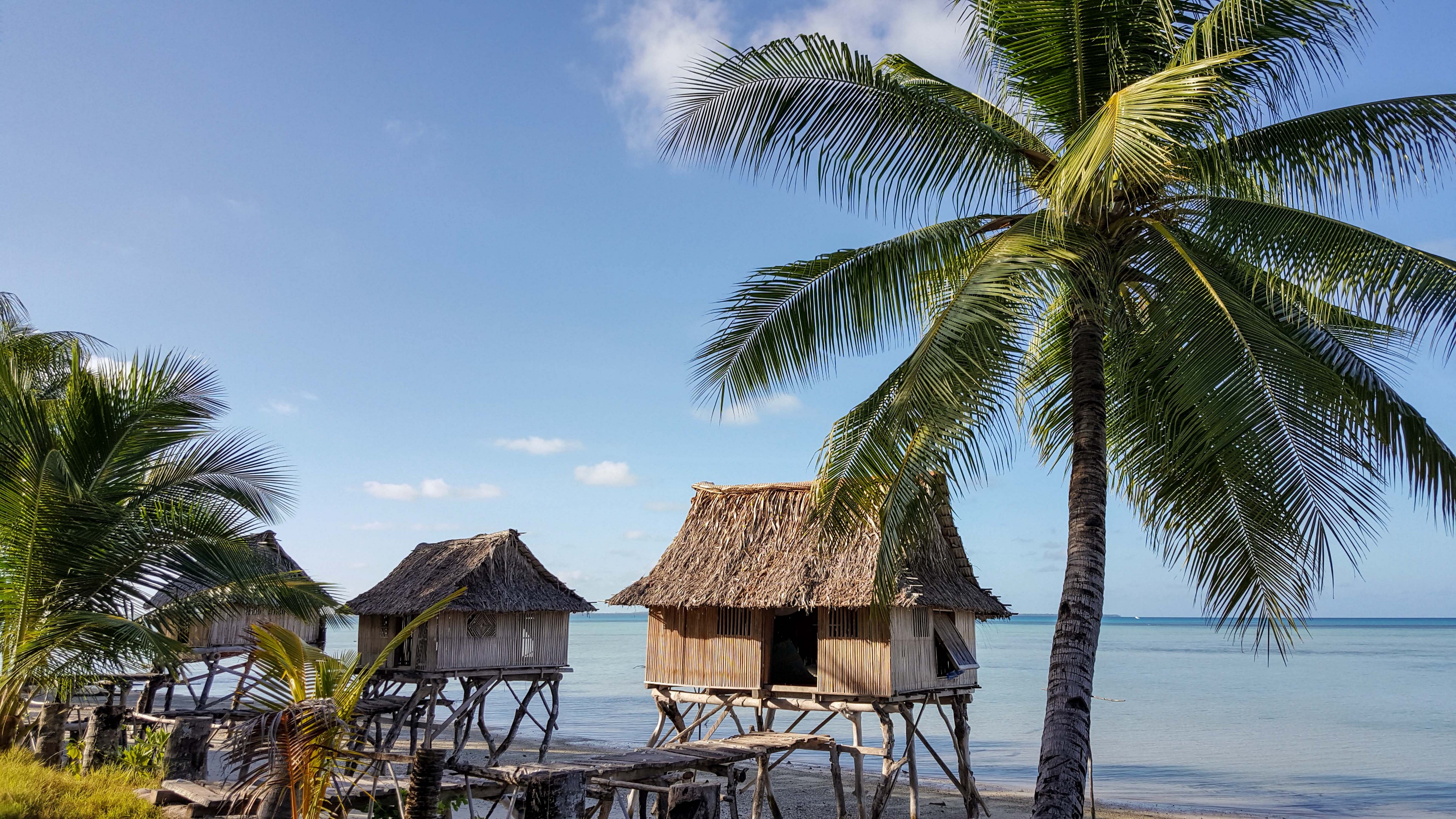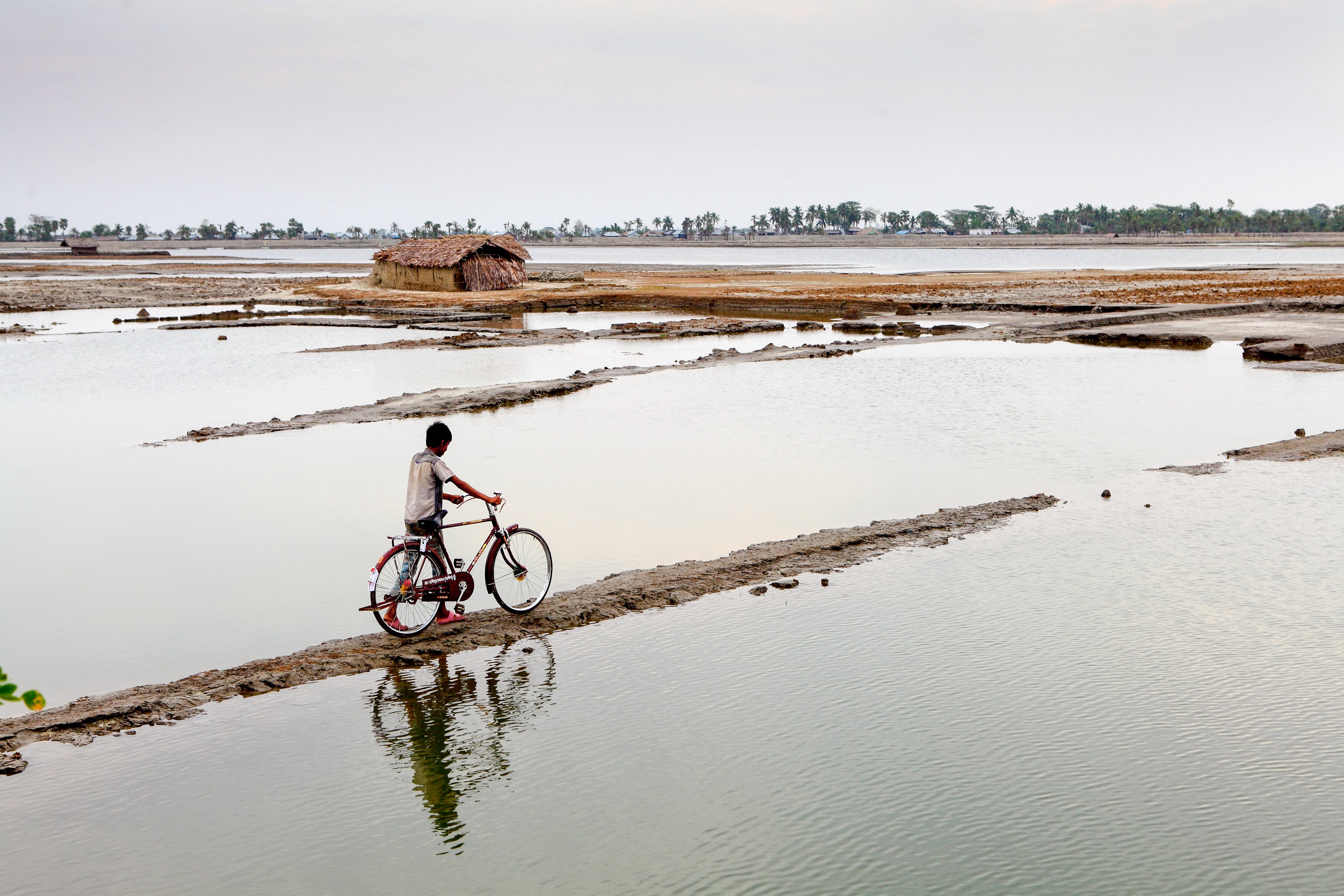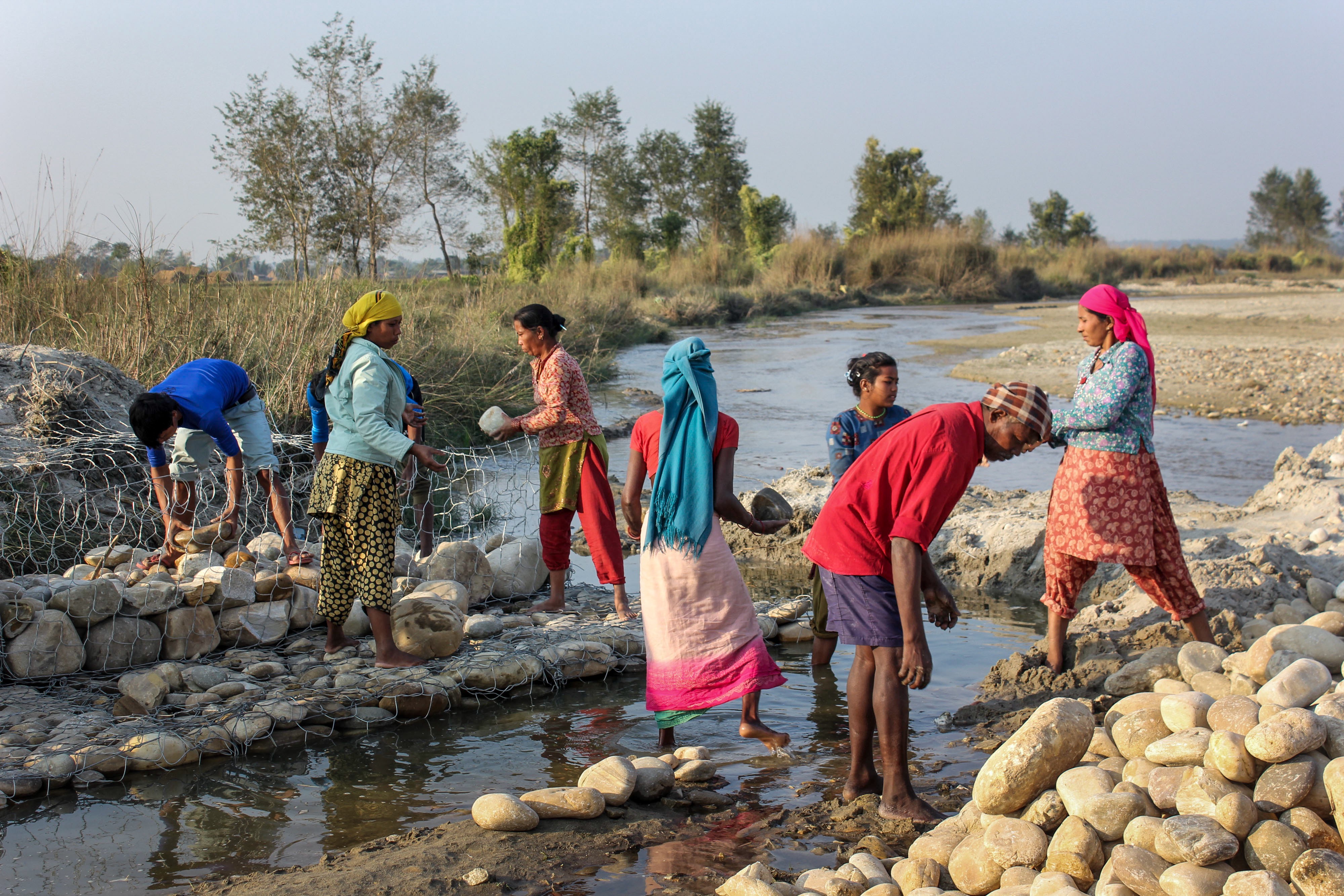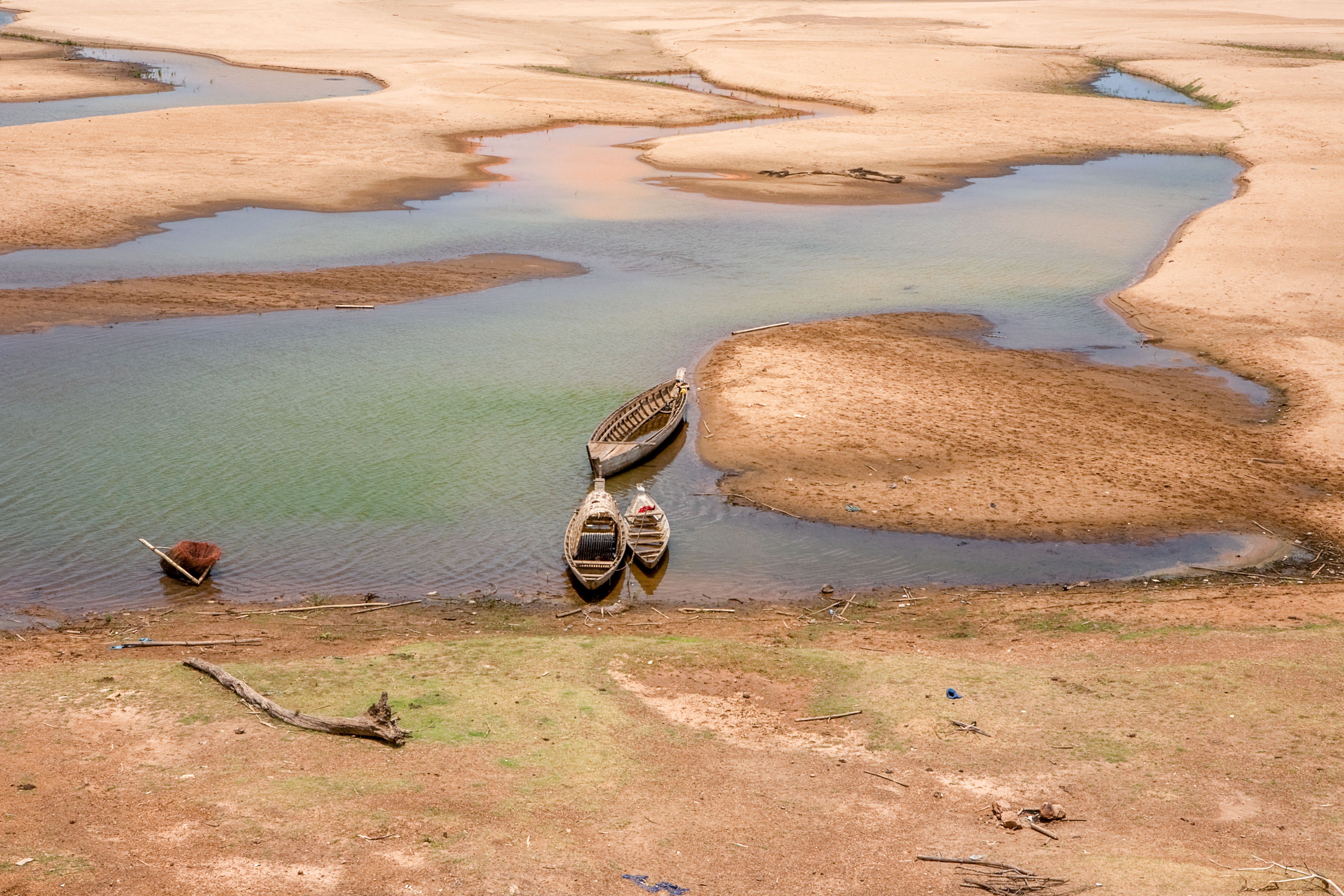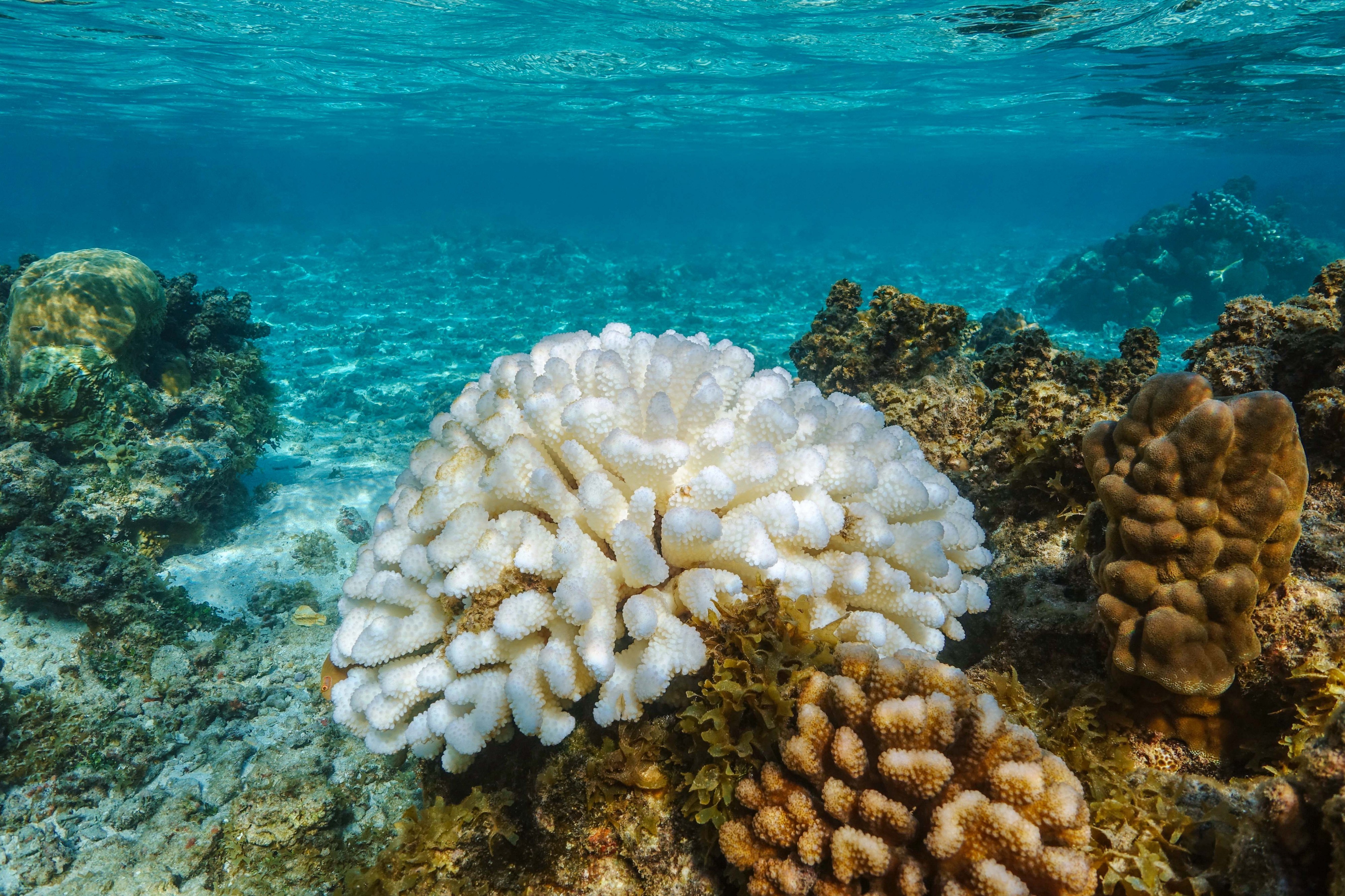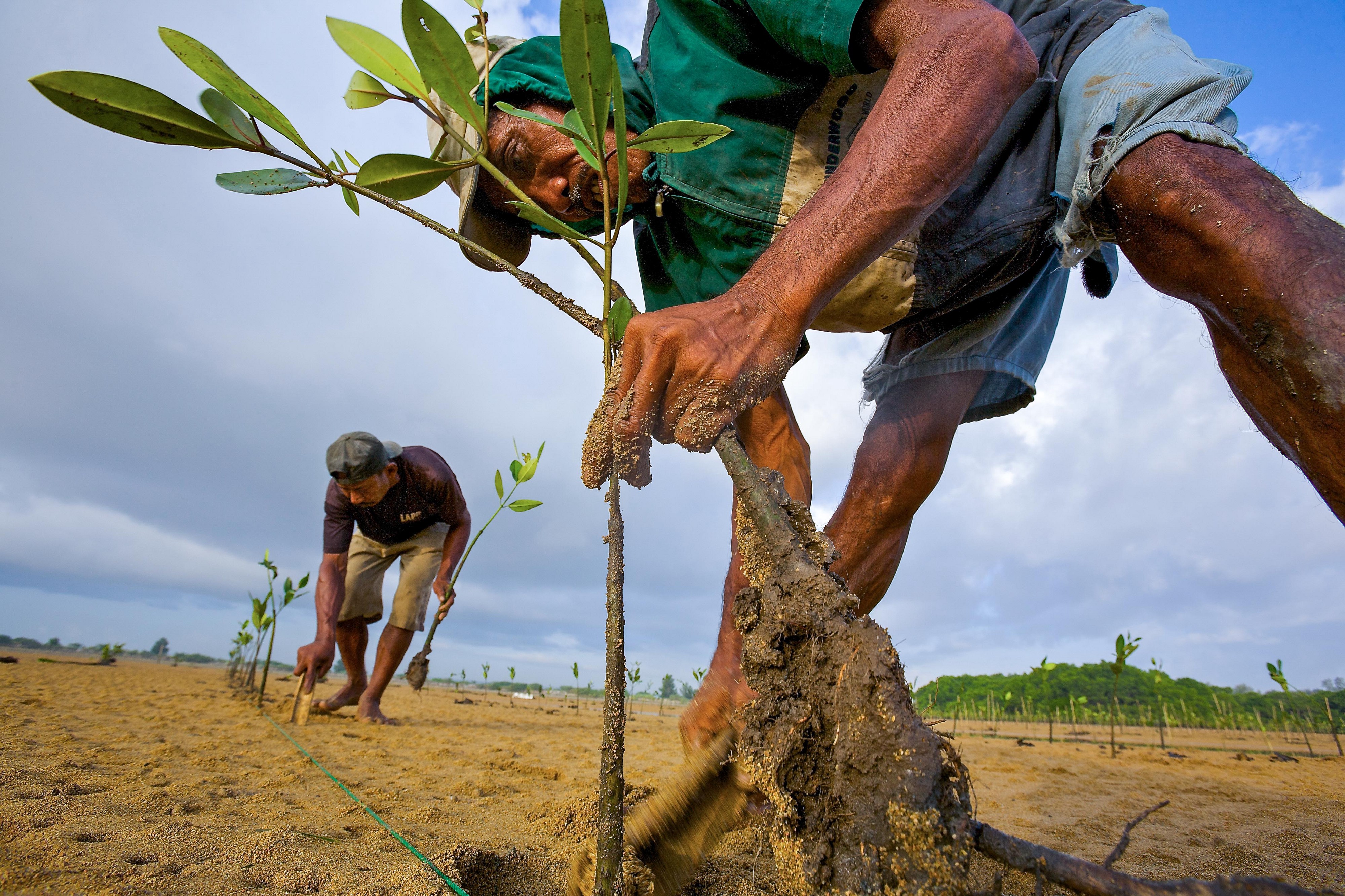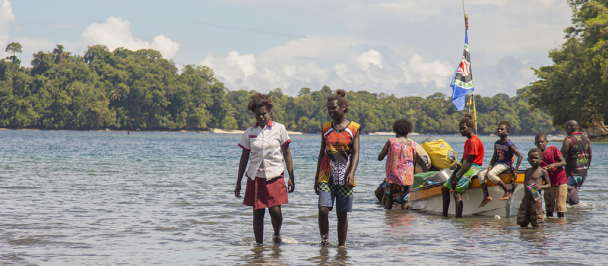©UNDP/Azza Aishath
Asia-Pacific is the most disaster-prone region in the world. With extensive coastlines, low-lying territories, and many small island states, its geography makes it highly susceptible to rising sea levels and weather extremes.
Heat waves, floods, and droughts affect every aspect of life, from nutrition and health, to safety and income.
Unlike developed countries, many nations in Asia and the Pacific cope with the effects of climate change while at the same time trying to raise living standards.
While Asia-Pacific’s poorer communities contribute the least to greenhouse gas emissions, they are the ones feeling the consequences of climate change the most. Unpredictable weather patterns can lead to failing crops, spiking food prices, and spreading diseases that threaten to wipe out decades of development gains.
How does climate change affect Asia and the Pacific and its people?
Rising seas
A two metre sea level rise could displace over 180 million people, mostly across Asia. ©UNDP Bangladesh/GMB Akash
Everyone has heard about sea level rise in the context of climate change; warmer temperatures lead to thermal expansion of water, melting glaciers and disappearing ice sheets causing the average sea level to rise.
Why is that a problem? Scientists predict that by the end of this century the sea level could rise by 65cm (2.1ft). Given Asia-Pacific’s topography, this poses an existential threat to many countries in the region.
A two metre sea level rise could displace over 180 million people, mostly across Asia. In Bangladesh, around 18 million people living in coastal areas will lose their homes if the sea level rises by one metre. Indonesia is already planning to move its heavily populated capital Jakarta, to Borneo to protect its residents from dangerous flooding.
Adapting to rising seas is a key challenge for Asia-Pacific. Restoring mangroves, protecting coral reefs, and mapping areas at risk from flooding are among the measures helping to protect the most vulnerable people. Saving lives in the long-run, however, will require limiting global temperatures to 1.5°C above what they were when the industrial era began.
More frequent floods, storms, and landslides
©UNDP/Azza Aishath
Half of Asia’s population, about 2.4 billion people, live in low-lying coastal areas. Rising seas threaten to intensify floods and storms and degrade land through increased salination. On average, 43,000 people in Asia-Pacific are killed in storms, floods, and landslides each year.
This year, Sri Lanka, Myanmar, and Nepal experienced deadly floods and landslides. Vietnam and India have been severely hit by tropical storms. These erratic weather patterns not only take lives but also displace people, destroy infrastructure, contaminate fresh water, crush ecosystems, and wipe out agricultural land.
As millions of people across Asia and the Pacific depend on natural resources for food and income, the damage caused is enormous. It is estimated that disasters cost the region around US$ 675 billion every year.
People living in Asia-Pacific have to learn to cope with extreme weather. Raising awareness about natural hazards, planning disaster drills, and installing early warning systems can help prepare people ahead of time and save their lives and livelihoods in the face of disaster.
Escalating heatwaves and droughts
The Mekong river is very low at the end of the dry season. Prek Ta Am Village, Bos Learv Commune, Jit Borey district. ©UNDP/Arantxa Cedillo
Many countries across the region are experiencing unusually hot temperatures. Pakistan and India have already seen blistering temperatures above 50°C this year. 2019 is on track to become the hottest year on record.
Higher temperatures jeopardize human health. Heatstroke, heart attacks, and strokes become more frequent; mosquito-borne diseases such as malaria and dengue fever spread more easily.
Heatwaves and droughts can also topple food security. Shifting rainfall patterns and higher temperatures affect agricultural productivity. Low crop yields and high food prices make it harder and harder for people to feed their families.
In Asia and the Pacific, more than 60 percent of people work in sectors highly susceptible to changing weather patterns. Millions of people who rely on natural resources for food and work bear the brunt of climate change.
Improving access to water, managing water more efficiently, and diversifying crops helps people to survive.
Acidifying oceans and coral bleaching
Climate change is directly linked to coral bleaching, putting biodiversity and marine ecosystems at risk. ©Damsea/Shutterstock.com
Ocean acidification and coral bleaching are a result of climate change that threatens the normality of millions of lives across Asia and the Pacific.
Both processes directly affect the biodiversity of marine ecosystems. As a result, food webs are altered and fish stocks collapse, putting millions of lives and jobs at risk.
In Asia-Pacific, where around 200 million people depend on fisheries, healthy oceans are needed for jobs, food, identity, and coping with a changing climate.
While efforts to conserve and restore coral reefs can help in the short-term, dramatic reductions in greenhouse gas emissions are the only viable option for protecting our ocean and the people that depend on it for a living.
Looking to the future
Planting of Rhizophora mangrove seedlings in an estuary in Bali at low tide to help fight erosion. UNDP assists countries around the world to adapt to the effects of climate change. ©UNDP Indonesia/ Tim Laman
Climate change is the challenge of our time. In Asia-Pacific, millions of lives are on the line.
One thing is clear: We need to cut our emissions in half by 2030 and be carbon neutral by 2050.
Getting there will not be easy. We must make dramatic changes to our production and consumption patterns as well as transform our energy, transport, and land-use.
The next 16 months will shape our actions for years to come and determine the future of our planet and people. The UN Climate Action Summit and the UN climate change negotiations, COP25 (2019) and COP26 (2020), will be our chance to bend the curve for climate change.

 Locations
Locations